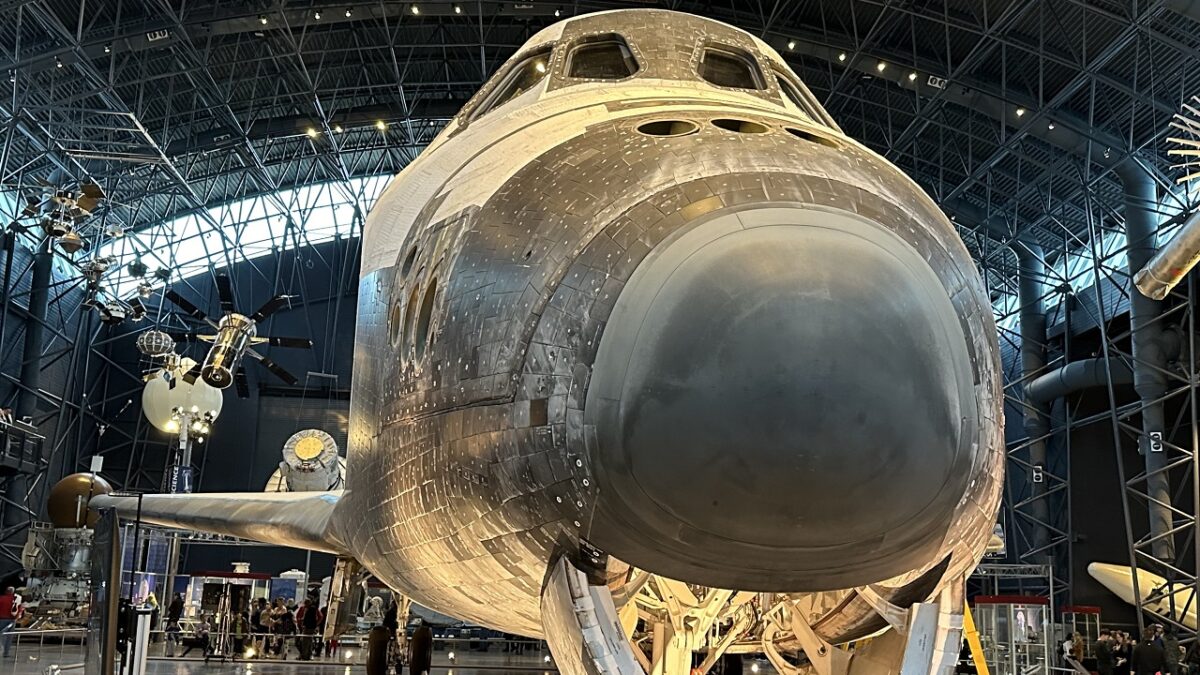We had the incredible opportunity to get up close with NASA’s Space Shuttle Discovery—don’t miss our exclusive video showcasing the shuttle.
By the conclusion of its final mission, Discovery had soared an astonishing 149 million miles (238 million km) across 39 missions, completing 5,830 orbits and spending 365 days in orbit over its remarkable 27-year career. The shuttle, which participated in every mission type during the space shuttle era, boasted a distinguished record, including carrying Judith Resnik— the second American woman in space—on its inaugural mission on August 30, 1984.
Moreover, Discovery holds the record for hosting the highest number of crewmembers among Orbiter Vehicles, totaling 251 individuals. Notable figures among them include Charles Walker, a McDonnell Douglas engineer and the first “non-astronaut” to fly on a space shuttle, Senators Jake Garn and John Glenn, and Frederick Gregory, who later became NASA’s Acting Administrator in 2005 and served as the first African American Space Shuttle commander aboard Discovery. The shuttle also made history as the first to be piloted by women, including Eileen Collins and Pamela Melroy.
Discovery’s missions were diverse and groundbreaking, encompassing satellite deliveries, Department of Defense operations, scientific endeavors, Hubble Space Telescope deployments, Mir and space station assembly, crew exchanges, and resupply missions. Over its 27 years of service, Discovery executed eight communications satellite delivery flights, four classified Department of Defense missions, and nine missions with science labs, instruments, and probes as primary payloads. Additionally, the shuttle played a crucial role in three Hubble Space Telescope missions and completed two flights, including the final shuttle docking, with the Russian space station Mir. Notably, Discovery achieved the first docking with the International Space Station (ISS) in 1999, marking the beginning of thirteen subsequent flights to the space station.
Discovery’s significance extended beyond its missions, as it served as the designated “Return-to-Flight” vehicle following the Challenger and Columbia tragedies. The first instance was for STS-26 in 1988, and the second occurred during the STS-114 mission in July 2005, when Discovery carried the crew on NASA’s Return to Flight mission to the International Space Station.
